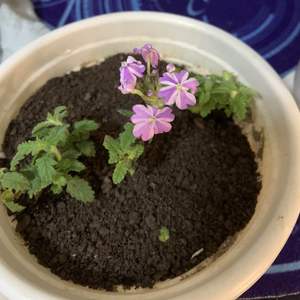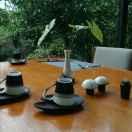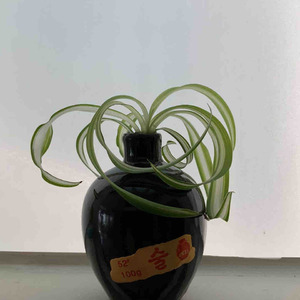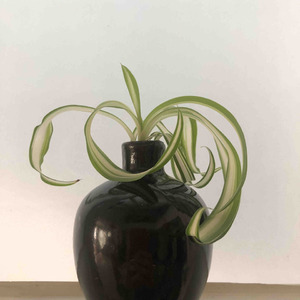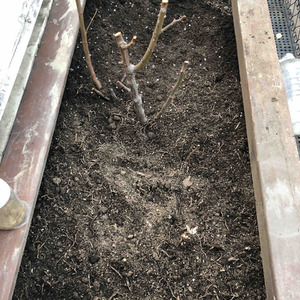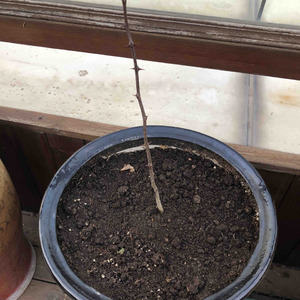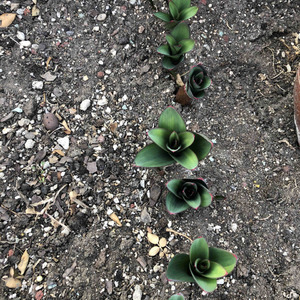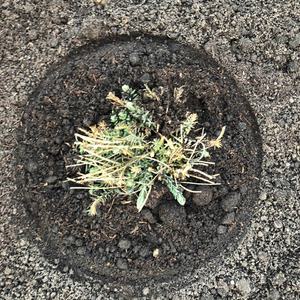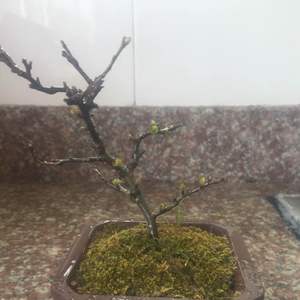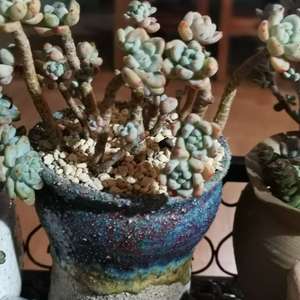文章
ritau
2020年03月04日

Have you been bothered by the pests who "lived" in your flowerpot? Today, we are going to give you four tips on how to get rid of them.
*Tobacco water
1. Take out the tobacco in the cigarettes and soak them in the mineral water bottle for half a day
2. Dilute the tabacco water in a ratio of 1:10 and spray directly on the surface of the pot
This method can prevebt and control aphids, starscream and hatching scale insects, moreover, try not to spray the water on the flowers or leaves directly, because the tabacco water is black, which may affect the beauty of the flower
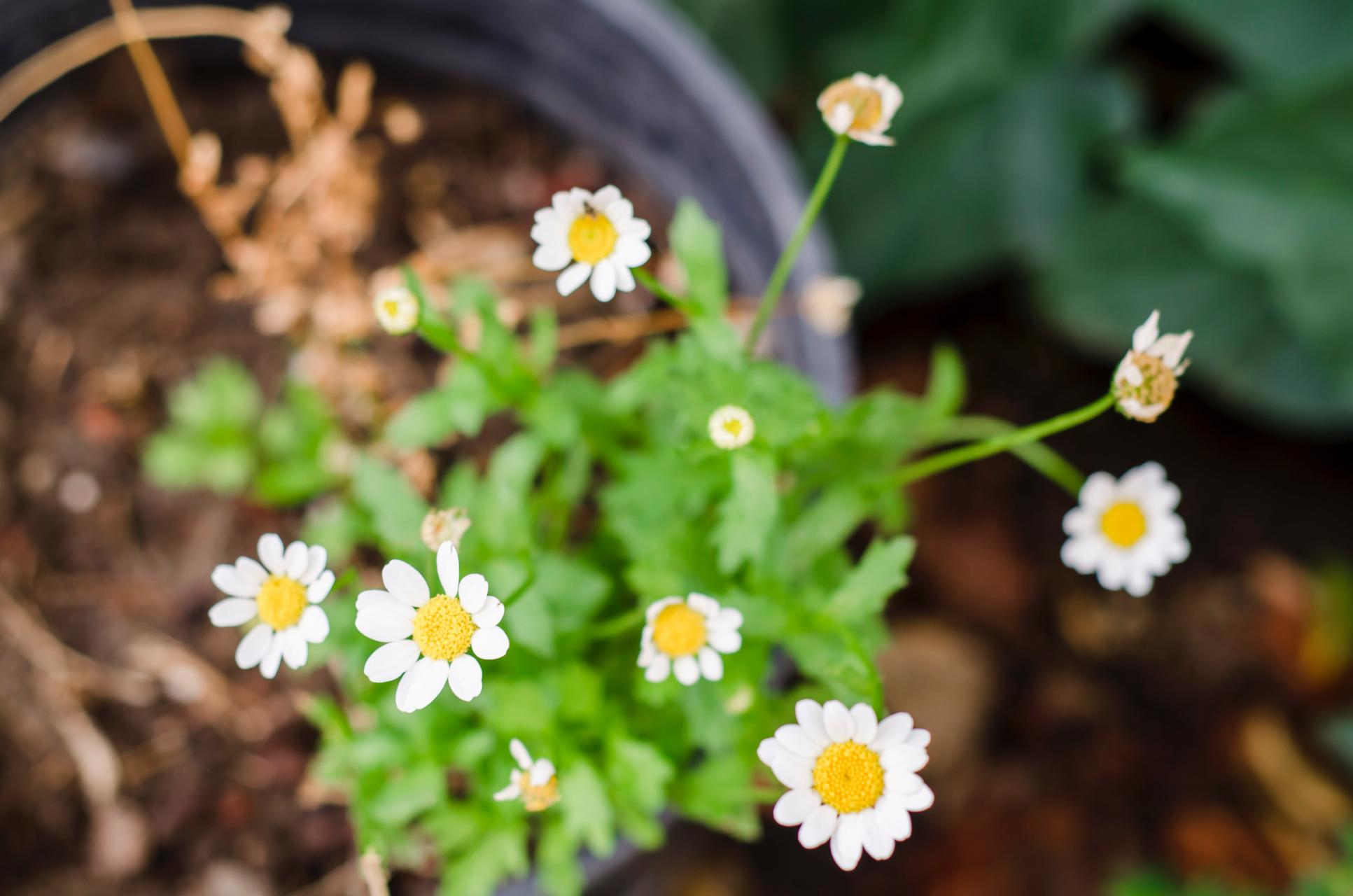
*Orange peel water
1. Dry the fresh orange peel and place it in a container to soak for about 1 day
2. Peel water doesn't need to be diluted, you can spray it directly on the surface of the pot.This method can prevent aphids and snails.
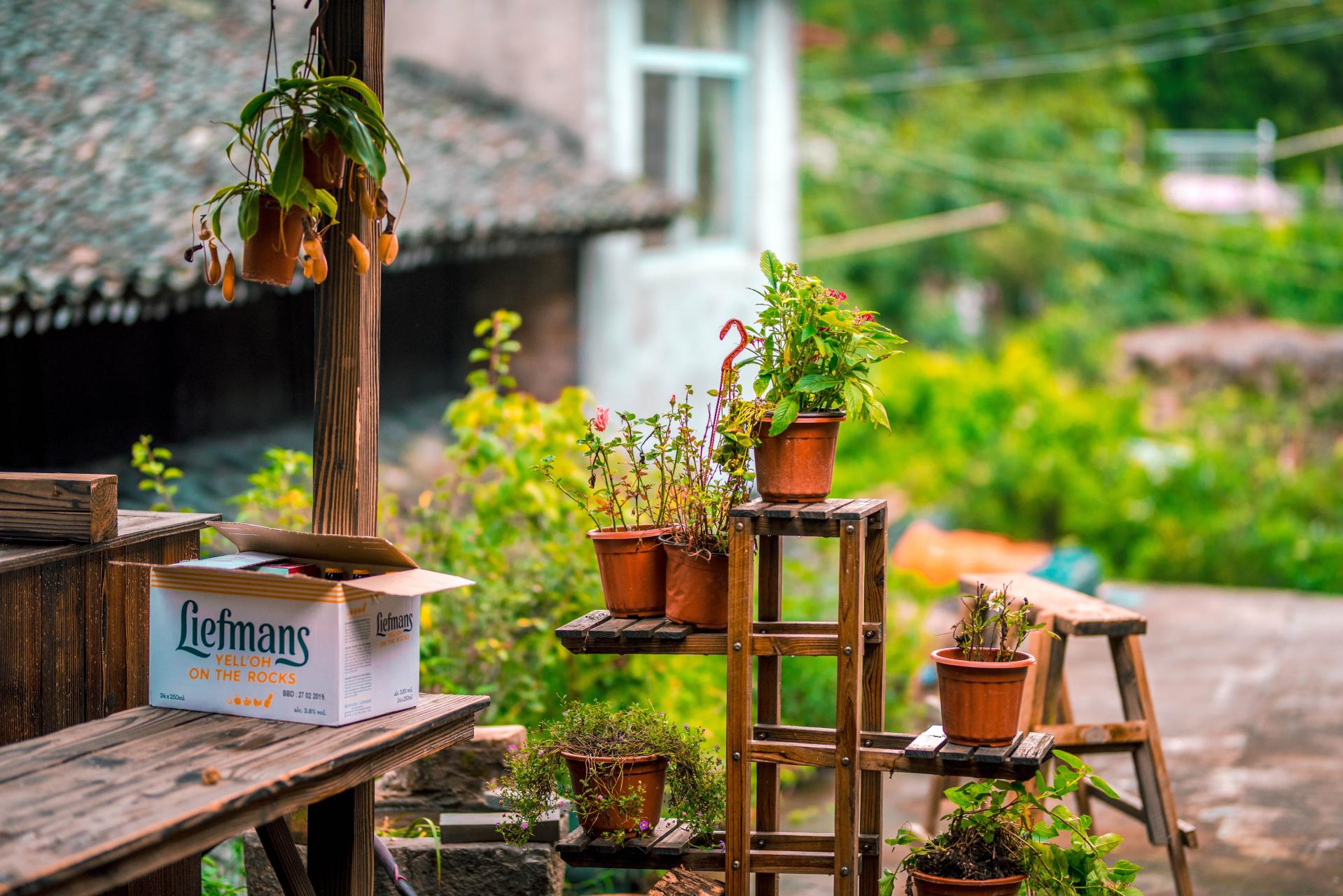
*Garlic juice
Peel the garlic and mash it in a container. After mashing, add a small amount of water and spray it on the surface of the soil to prevent starscream.
Some may doesn't like the tang of the garlic, you may choose the other tips, they all work!
*Chili water
1. Put two red chilies, preferably the hot one (the hotter the better), in a mineral water bottle, fill it with water, cover it, and leave it there for 2-3 days
2. Dilute before using,according to the ratio of 1:3
This method can prevent the coccid
Be careful, don't let the chili water contact your eyes!

*Tobacco water
1. Take out the tobacco in the cigarettes and soak them in the mineral water bottle for half a day
2. Dilute the tabacco water in a ratio of 1:10 and spray directly on the surface of the pot
This method can prevebt and control aphids, starscream and hatching scale insects, moreover, try not to spray the water on the flowers or leaves directly, because the tabacco water is black, which may affect the beauty of the flower

*Orange peel water
1. Dry the fresh orange peel and place it in a container to soak for about 1 day
2. Peel water doesn't need to be diluted, you can spray it directly on the surface of the pot.This method can prevent aphids and snails.

*Garlic juice
Peel the garlic and mash it in a container. After mashing, add a small amount of water and spray it on the surface of the soil to prevent starscream.
Some may doesn't like the tang of the garlic, you may choose the other tips, they all work!
*Chili water
1. Put two red chilies, preferably the hot one (the hotter the better), in a mineral water bottle, fill it with water, cover it, and leave it there for 2-3 days
2. Dilute before using,according to the ratio of 1:3
This method can prevent the coccid
Be careful, don't let the chili water contact your eyes!

0
0
文章
ritau
2020年03月03日

Hydrangea is a genus of 70–75 species of flowering plants native to Asia and the Americas. By far the greatest species diversity is in eastern Asia, notably Korea, China, and Japan. Most are shrubs 1 to 3 meters tall, but some are small trees, and others lianas reaching up to 30 m (98 ft) by climbing up trees. They can be either deciduous or evergreen, though the widely cultivated temperate species are all deciduous.
Having been introduced to the Azores, H. macrophylla is now very common, particularly on Faial, which is known as the "blue island" due to the vast number of hydrangeas present on the island.
‘Hydrangea’ is derived from Greek and means ‘water vessel’, which is in reference to the shape of its seed capsules. The earlier name, Hortensia, is a Latinised version of the French given name Hortense, referring to the wife of Jean-André Lepaute.

*In culture*
In Japan, ama-cha,甘茶 meaning sweet tea, is another herbal tea made from Hydrangea serrata, whose leaves contain a substance that develops a sweet taste (phyllodulcin). For the fullest taste, fresh leaves are crumpled, steamed, and dried, yielding dark brown tea leaves. Ama-cha is mainly used for kan-butsu-e (the Buddha bathing ceremony) on April 8 every year—the day thought to be Buddha's birthday in Japan. During the ceremony, Ama-cha is poured over a statue of Buddha and served to people in attendance. A legend has it that on the day Buddha was born, nine dragons poured Amrita over him; ama-cha is substituted for Amrita in Japan.
In Korean tea, Hydrangea serrata (hangul:산수국 hanja:山水菊) is used for an herbal tea called sugukcha (수국차) or ilsulcha (이슬차).
The pink hydrangea has risen in popularity all over the world, but especially in Asia. Pink hydrangeas have many different meanings, but generally mean, "You are the beat of my heart," as described by the celebrated Asian florist Tan Jun Yong, where he was quoted saying, "The light delicate blush of the petals reminds me of a beating heart, while the size could only match the heart of the sender!"
Hydrangea quercifolia was declared the official state wildflower of Alabama in 1999.
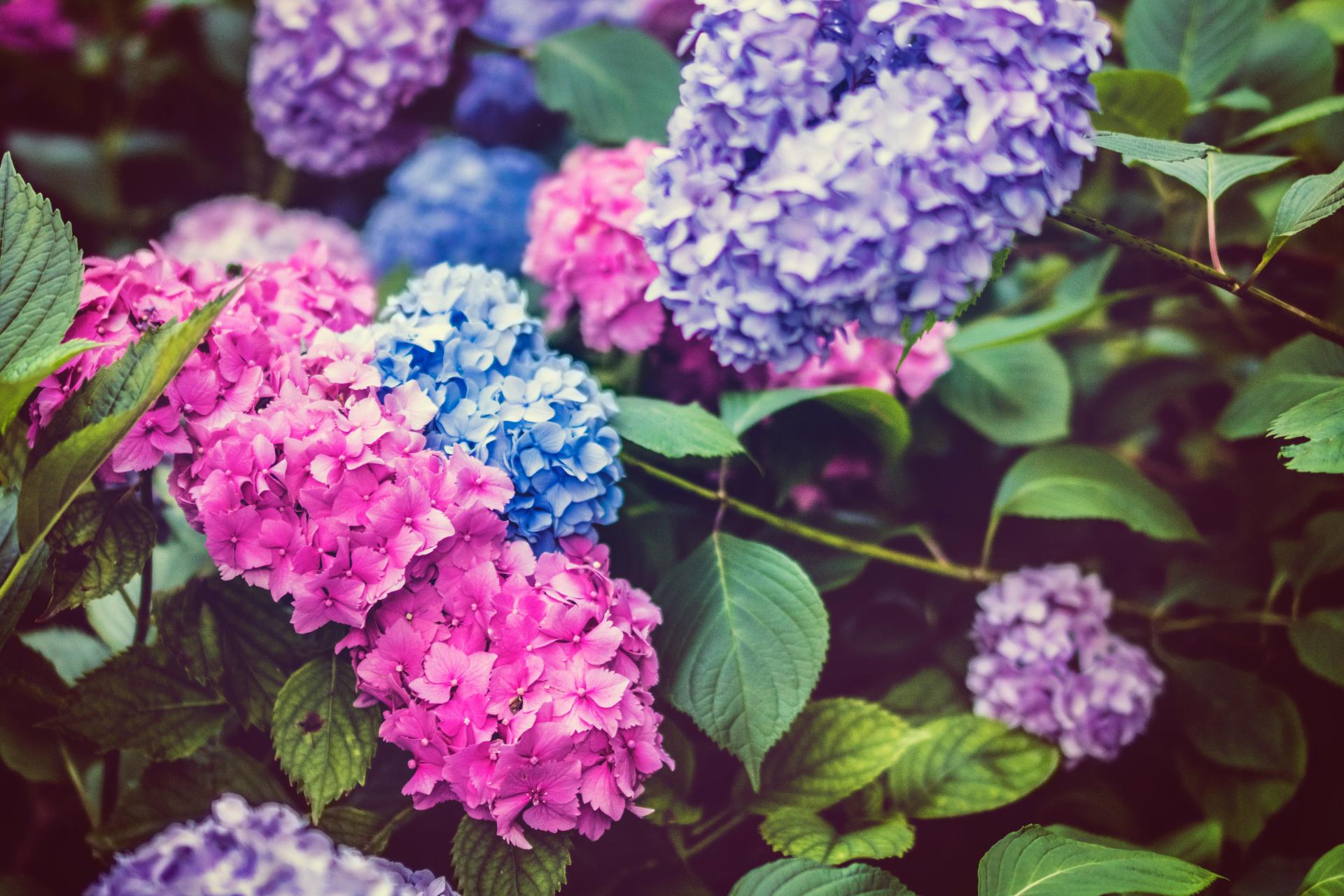
*Colours and soil acidity*
In most species the flowers are white, but in some species (notably H. macrophylla), can be blue, red, pink, light purple, or dark purple. In these species the color is affected by the presence of aluminium ions which are available or tied up depending upon the soil pH. For H. macrophylla and H. serrata cultivars, the flower color can be determined by the relative acidity of the soil: an acidic soil (pH below 7), will have available aluminum ions and typically produce flowers that are blue to purple, whereas an alkaline soil (pH above 7) will tie up aluminum ions and result in pink or red flowers. This is caused by a color change of the flower pigments in the presence of aluminium ions which can be taken up into hyperaccumulating plants. Lowering the pH of potting soils or mixes usually does not change the flower color to blue, because these soils have no aluminum ions. The ability to blue or pink a hydrangea is also influenced by the cultivar. Some plants are selected for their ability to be blued, while others are bred and selected to be red, pink or white. The flower color of most other Hydrangea species is not affected by aluminum and cannot be changed or shifted. Hydrangeas also have a nickname called 'Change Rose'.
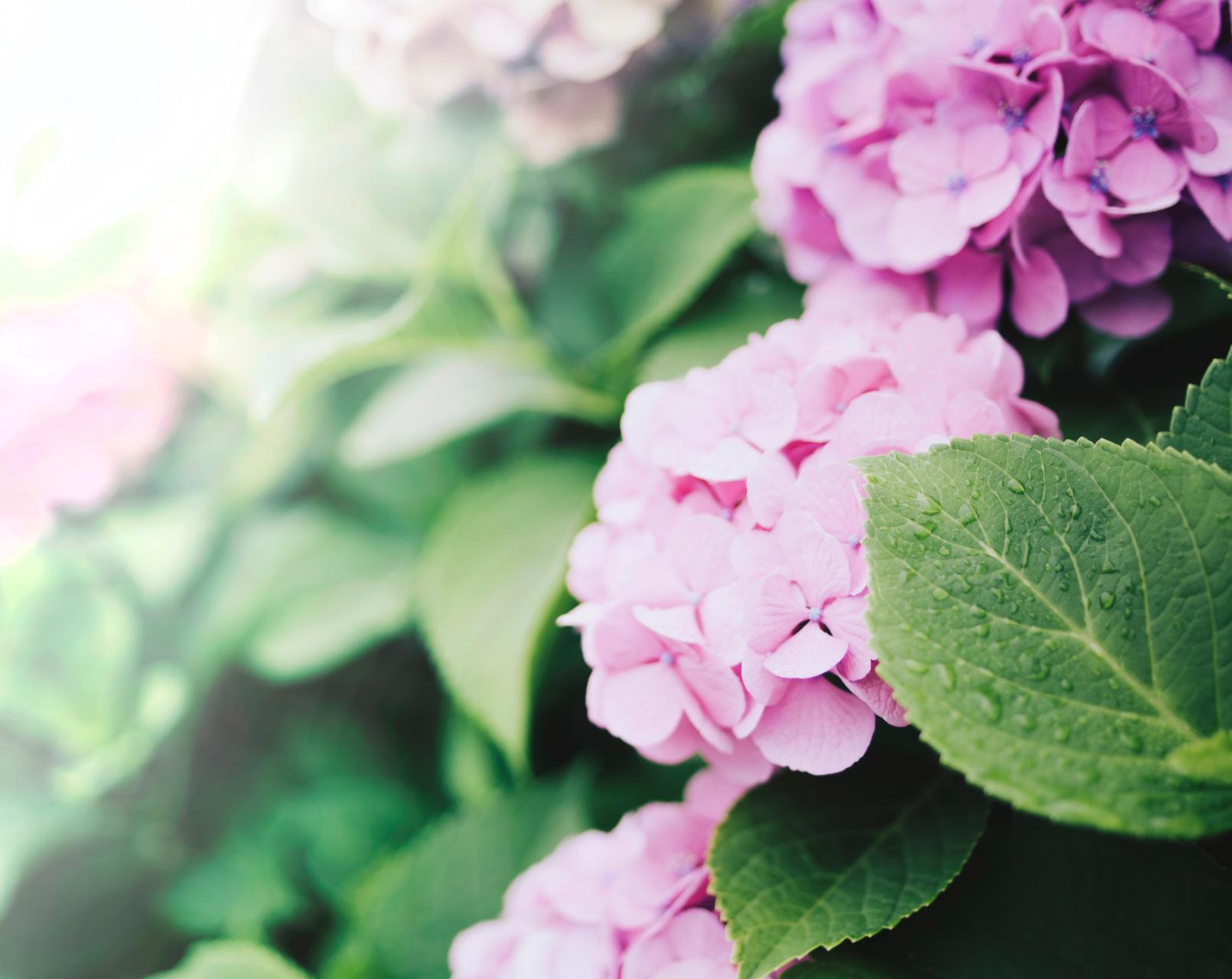
Having been introduced to the Azores, H. macrophylla is now very common, particularly on Faial, which is known as the "blue island" due to the vast number of hydrangeas present on the island.
‘Hydrangea’ is derived from Greek and means ‘water vessel’, which is in reference to the shape of its seed capsules. The earlier name, Hortensia, is a Latinised version of the French given name Hortense, referring to the wife of Jean-André Lepaute.

*In culture*
In Japan, ama-cha,甘茶 meaning sweet tea, is another herbal tea made from Hydrangea serrata, whose leaves contain a substance that develops a sweet taste (phyllodulcin). For the fullest taste, fresh leaves are crumpled, steamed, and dried, yielding dark brown tea leaves. Ama-cha is mainly used for kan-butsu-e (the Buddha bathing ceremony) on April 8 every year—the day thought to be Buddha's birthday in Japan. During the ceremony, Ama-cha is poured over a statue of Buddha and served to people in attendance. A legend has it that on the day Buddha was born, nine dragons poured Amrita over him; ama-cha is substituted for Amrita in Japan.
In Korean tea, Hydrangea serrata (hangul:산수국 hanja:山水菊) is used for an herbal tea called sugukcha (수국차) or ilsulcha (이슬차).
The pink hydrangea has risen in popularity all over the world, but especially in Asia. Pink hydrangeas have many different meanings, but generally mean, "You are the beat of my heart," as described by the celebrated Asian florist Tan Jun Yong, where he was quoted saying, "The light delicate blush of the petals reminds me of a beating heart, while the size could only match the heart of the sender!"
Hydrangea quercifolia was declared the official state wildflower of Alabama in 1999.

*Colours and soil acidity*
In most species the flowers are white, but in some species (notably H. macrophylla), can be blue, red, pink, light purple, or dark purple. In these species the color is affected by the presence of aluminium ions which are available or tied up depending upon the soil pH. For H. macrophylla and H. serrata cultivars, the flower color can be determined by the relative acidity of the soil: an acidic soil (pH below 7), will have available aluminum ions and typically produce flowers that are blue to purple, whereas an alkaline soil (pH above 7) will tie up aluminum ions and result in pink or red flowers. This is caused by a color change of the flower pigments in the presence of aluminium ions which can be taken up into hyperaccumulating plants. Lowering the pH of potting soils or mixes usually does not change the flower color to blue, because these soils have no aluminum ions. The ability to blue or pink a hydrangea is also influenced by the cultivar. Some plants are selected for their ability to be blued, while others are bred and selected to be red, pink or white. The flower color of most other Hydrangea species is not affected by aluminum and cannot be changed or shifted. Hydrangeas also have a nickname called 'Change Rose'.

0
0







